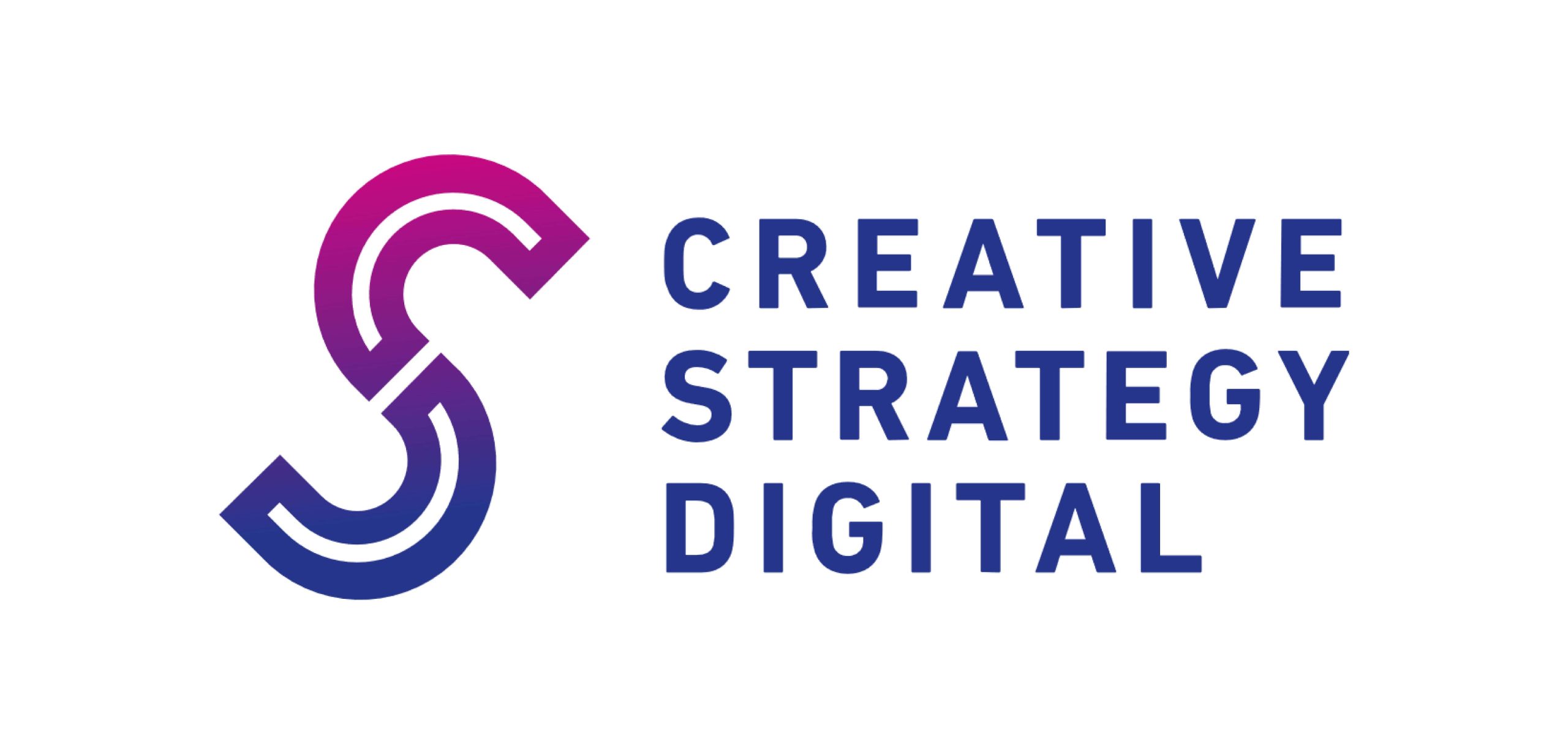Using Analytics to Measure Your Brand Impact
In today’s data-driven world, guessing the impact of your brand simply isn’t good enough. Whether you’re a startup, a personal brand, or an established business, using analytics to measure your brand’s performance is essential for smart decision-making and sustainable growth.
If you’re not tracking the right metrics, you could be missing key opportunities—or worse, heading in the wrong direction.
Why Brand Impact Matters
Your brand is more than just your logo or color scheme. It’s how people perceive your business, how they feel when they engage with you, and whether they trust what you offer. Measuring that “impact” helps you answer critical questions:
- Are people aware of your brand?
- Do they engage with your content?
- Are they converting into leads or customers?
- How does your brand compare to competitors?
Analytics gives you the insights needed to measure all of the above—objectively and in real time.
1. Start with Clear Brand Goals
Before diving into data, define what success looks like for your brand. Are you trying to:
- Increase brand awareness?
- Build a loyal community?
- Drive conversions from social platforms?
- Position your brand as a thought leader?
Your goals determine which metrics matter most.
2. Key Metrics to Track Brand Impact
a. Brand Awareness Metrics
- Impressions: How many times your content is displayed.
- Reach: How many unique users have seen your content.
- Search volume: How often your brand name is searched.
b. Engagement Metrics
- Likes, shares, and comments: Reflect how interactive your audience is.
- Click-through rates (CTR): Show interest in your CTAs.
- Time spent on page: Indicates content relevance and engagement.
c. Conversion Metrics
- Lead generation: Newsletter signups, form submissions, etc.
- Sales attributed to brand campaigns
- Cost per acquisition (CPA)
d. Sentiment Analysis
Use tools to understand how people talk about your brand online. Are mentions mostly positive, neutral, or negative?
3. Top Tools to Measure Brand Performance
- Google Analytics 4 (GA4): Tracks traffic sources, user behavior, conversions.
- Google Search Console: Measures branded search queries and SEO performance.
- Social media analytics: Instagram Insights, Facebook Business Manager, LinkedIn Analytics.
- Brandwatch or Mention: Monitor online brand mentions and sentiment.
- SEMrush & Ahrefs: Track branded keywords, backlinks, and visibility.
4. How to Turn Data Into Action
- If reach is high but engagement is low: Rework your content to be more interactive.
- If branded searches are growing: It’s a sign your awareness campaigns are working.
- If bounce rate is high: Your landing page may not match audience expectations.
- If sentiment is negative: Dig into what’s causing dissatisfaction and address it head-on.
5. Benchmark Against Competitors
Compare your brand’s impact against competitors using tools like SEMrush, SimilarWeb, or Sprout Social. This gives you valuable context: Are you a market leader or still playing catch-up?
6. Set a Routine for Reporting
Data isn’t one-and-done. Set up a reporting system—weekly or monthly—so you can track progress, identify trends, and stay agile.
Create a simple dashboard with:
- Top traffic sources
- Monthly engagement growth
- Conversion funnel performance
- Top-performing branded content
Final Thoughts
Understanding your brand’s impact isn’t a luxury—it’s a necessity. With the right analytics and mindset, you can go beyond vanity metrics and truly understand how your brand is performing in the eyes of your audience.
In 2025, the brands that thrive will be the ones who track, adapt, and grow based on real data.
Start measuring today, and turn your brand into a data-backed success story.




